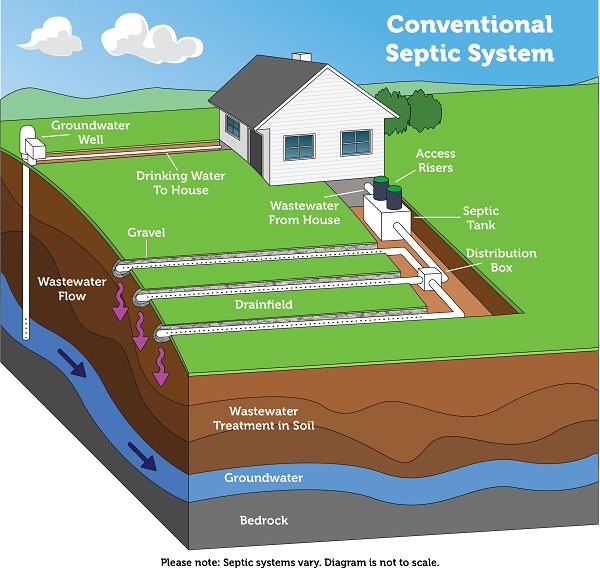Call This Wednesday to Get $25 OFF
Clean Solutions, Dirty Jobs – Done Right. Reliable. Responsive. Remarkable.
Call This Wednesday to Get $25 OFF
Clean Solutions, Dirty Jobs – Done Right. Reliable. Responsive. Remarkable.
Wastewater treatment is a vital process of home ownership. If your property is not connected to a municipal line, you probably have a septic system to handle your waste disposal needs. Professional technicians provide comprehensive septic tank installation services, ensuring waste is processed and safely dispersed away from home. This on-site solution is cost-effective compared to other alternatives, like centralized treatment plants. However, routine care is essential, and that’s where Septic Connection comes in to help. We provide comprehensive services, from installation to routine septic tank repair and maintenance, ensuring optimum function and durability.

Before you consider a septic tank installation, it is advisable to familiarize yourself with the various chambers and pipes. Let’s look at the four basic components of a conventional wastewater treatment system to help you make more informed decisions.
The tank is usually a plastic or concrete container that holds wastewater from your home. Once solid waste separates from liquid waste, effluent drains into the leach field for further treatment and dispersal into the ground. It is advisable to schedule routine maintenance like septic tank pumping and cleaning, ensuring high performance and efficiency.
The pump chamber is a small opening above the tank’s outlet that allows air to enter the effluent as it flows out. This helps to prevent splashing onto its walls and the subsequent septic tank cleaning costs. During maintenance, your septic company will check if the chamber is clear or obstructed and provide the services to restore proper function.
The septic system is an onsite waste treatment facility, and it is incredibly reliable. However, the system is only as effective…
Imagine flushing your toilet and then suddenly realizing that your backyard has turned into a swampy mess. This unpleasant experience is…
Soil testing is a critical step in various construction and environmental projects. It provides essential information about the ground conditions, which…
Grease traps are remarkable tools that help keep your establishment clean and free from bad odors. Septic Connection has a…
If you have just moved into a new home or property that relies on a septic system for waste and wastewater…
Also known as the drain or leach field, it is placed several inches below the ground and is connected to open trenches or above-ground piping. Sewage flows from the tank and through these connections into the leach field for further filtration. Call a professional for septic tank repair and maintenance in case of stagnant water near the drain field location. The wastewater released into the environment is toxic and a health hazard.
The absorption field is where effluent filters through sand or gravel. The system allows solid waste to settle and absorb excess liquid, reducing the amount that enters the drain field. This also helps to prevent buildup, overflows, and recurring septic tank pumping emergencies.
Now that you know the different components of a conventional septic system, you can provide better care and ensure longevity.
As mentioned, proper maintenance is vital for wastewater treatment systems. Whether regular septic tank cleaning or pumping, it goes a long way to ensure maximum efficiency throughout. Unfortunately, homeowners usually ignore or don’t realize they need system maintenance until too it is late. By working with a reputable septic company, you can avoid nasty surprises and devastating damages associated with a malfunctioning septic system.
Whether you are moving into a new home or considering a septic tank installation, understanding the different components and their functions can ensure safe waste disposal. Contact us at Septic Connection and schedule a consultation with our experts. We provide comprehensive septic services at competitive rates, from installation to pumping.
A properly functioning septic system is essential for protecting your home, property, and local environment. Unfortunately, many homeowners only think about their septic system when something goes wrong. As a…
Read moreYour septic system works hard every single day, quietly managing all the wastewater from your home. Because it’s hidden underground, many homeowners forget it even exists—until something goes wrong. But…
Read more